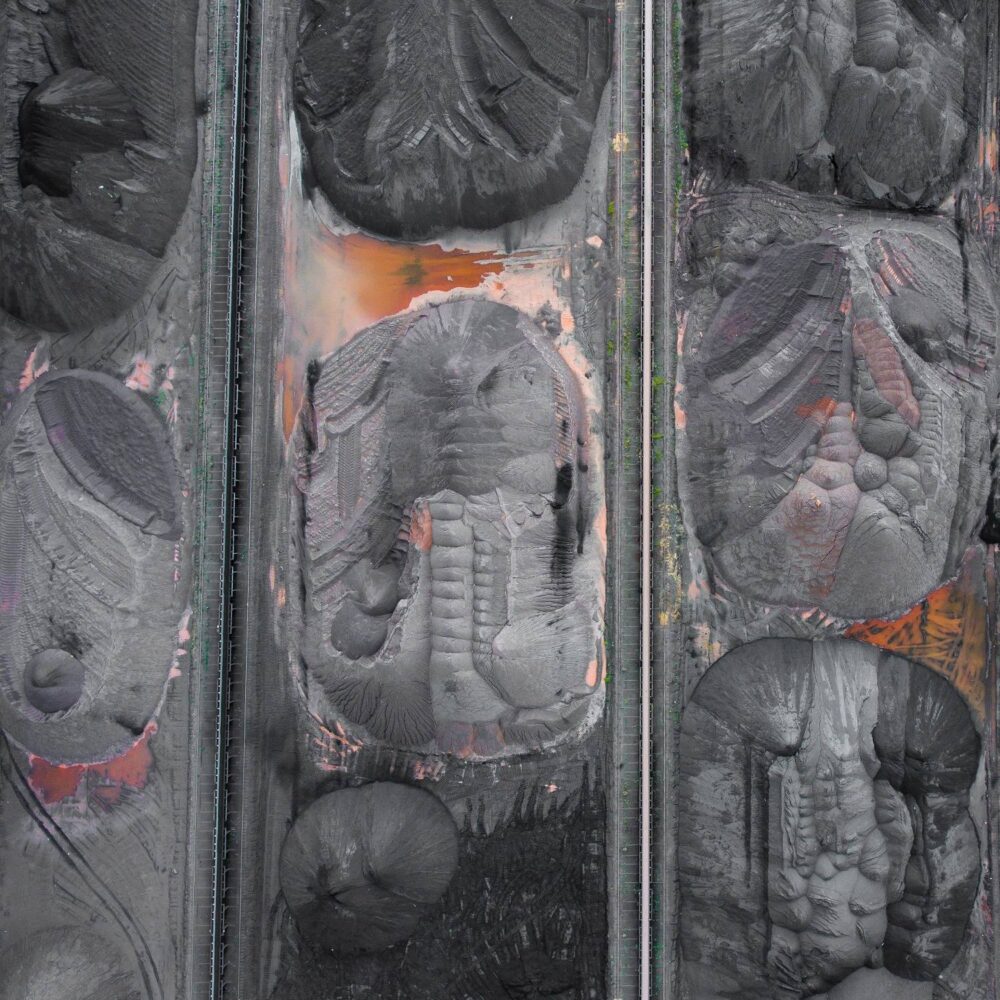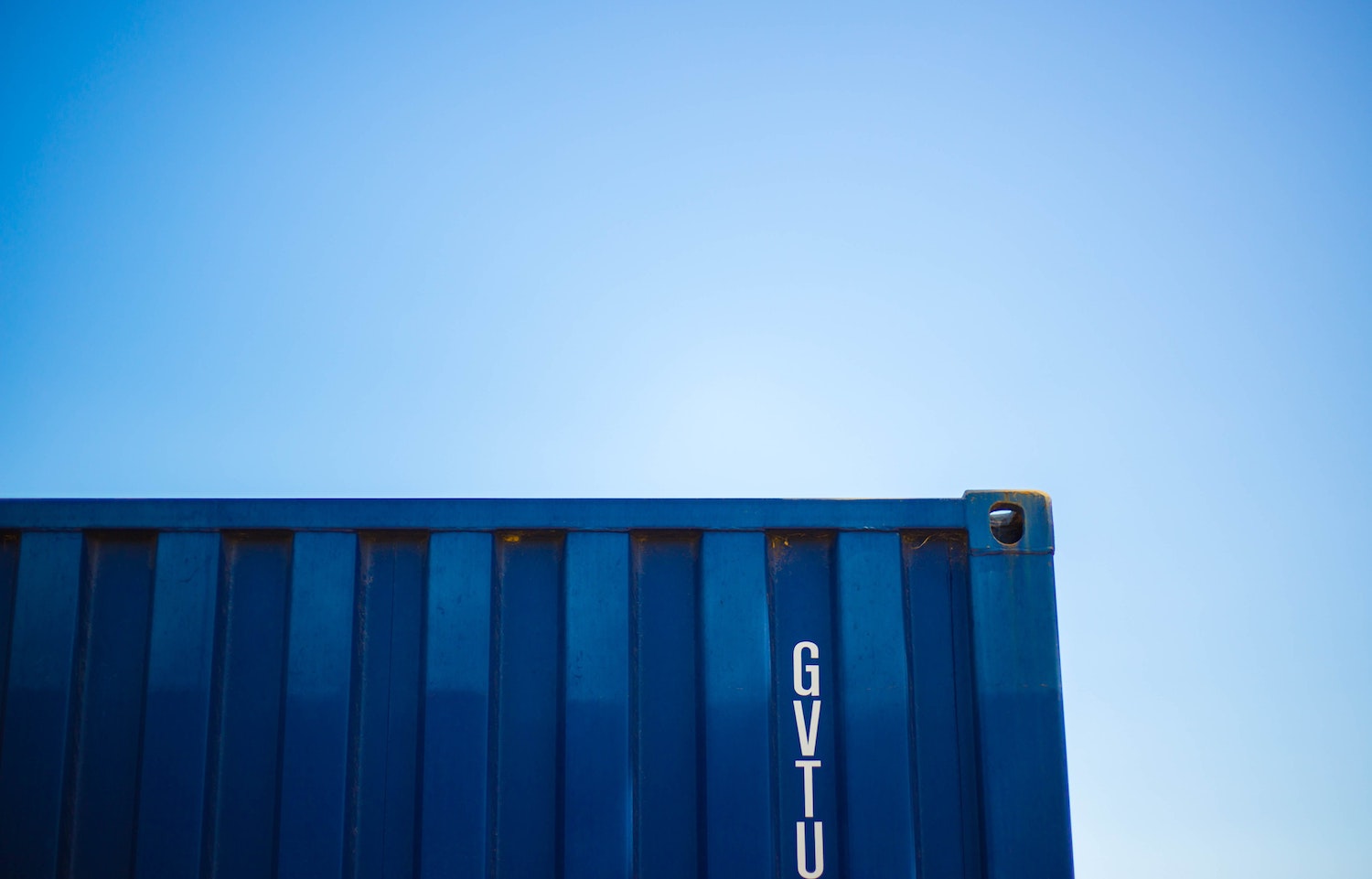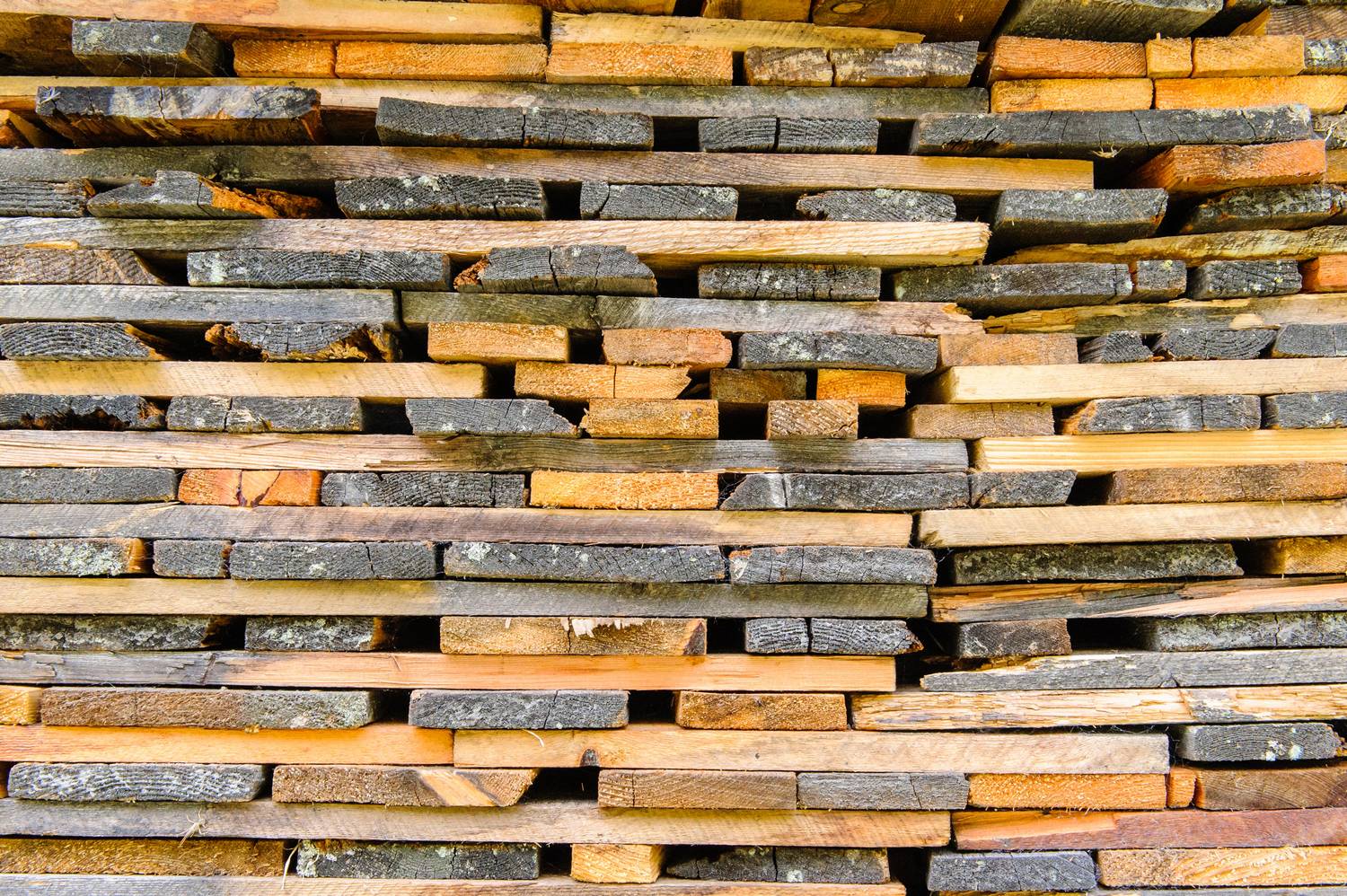
How hard coal deposits were formed in Poland
Ostania aktualizacja 30 January 2023
How hard coal deposits in Poland were formed – Silesia is primarily associated with developed industry, a large conurbation and … coal. This is not true at all. However, not everyone knows where and when the rich deposits of the so-called “black deposit” appeared there. Or maybe this is not the only place in Poland where deposits of this raw material are mined?
Geological context
As deposit research shows , hard coal seams were formed in the Paleozoic, and more specifically in the Carboniferous. At that time, the areas of today’s Poland were located near the equator, which contributed to the development of lush vegetation. The ubiquitous humidity and high temperatures contributed to the overgrowth of almost the entire land surface. The death of tall ferns and their decomposition into debris was accompanied by accumulation processes, primarily the deposition of rocks carried by wind and water. In the documentation of the deposits , one can find traces indicating the activity of high pressure on the lower sediment layers, which resulted in the formation of peat. This process was repeated many times. After millions of years, coal seams have been covered with successive layers of rock, which makes it much more difficultexploration of deposits . They are located at depths exceeding hundreds of meters, and their exploitation is sometimes unprofitable or impossible from the point of view of mining geology. This is due to the further fate of Polish territories. In the Mesozoic, when a shallow and warm tropical sea covered much of the land, intensive sedimentation took place. Successive layers of rocks, especially limestone, covered older coal deposits. As this process did not take place all over the globe, in some countries the exploitation of hard coal is much easier – they are located in the shallows.
- https://www.e-uczelnia.edu.pl/jak-odswiezyc-sztuczne-kwiaty/
- https://www.prawda.com.pl/biuro-rachunkowe-jak-otworzyc/
- https://zoozool.pl/doradca-finansowy/
What if we lived millions of years later?
It turns out that Poland also has huge reserves of lignite. It was formed in the Cenozoic, so much earlier than its older counterpart. The method of formation of lignite seams does not differ much from hard coal. In fact, it is one of its stages. In the Neogene, when the climate warmed again, dying plants created successive layers of peat. This one, however, due to its younger age, did not manage to transform into full-fledged hard coal. According to mineral researchif we allowed it to complete the coalification process, our descendants (assuming the optimistic assumption that humanity will survive the next millions of years) would enjoy significant deposits of the highest quality raw material. We are talking here about the areas near Poznań, Bogatynia and Bełchatów, which can boast the richest lignite deposits. It is also worth noting that mineral research in Wielkopolska indicates the presence of deposits of natural gas and crude oil.
Where are the richest resources of hard coal?
It turns out that the largest producer of hard coal in the European Union is… Poland! In our country there are numerous mines specializing in the extraction of this valuable energy resource. Bogdanka is the most famous mining site in the Lublin region. It turns out, however, that coal resources stretch from the northern part of the voivodeship to the vicinity of Lviv. They are located quite shallowly underground, but more detailed documentation of the deposits is poorly developed. On the other hand, in Lower Silesia mining was stopped due to the risk of explosion and the depth of seams. According to current knowledge in the field of reservoir geology, exploitation of the mine in the Lower Silesian Coal Basin is unprofitable. Of course, the largest producer of hard coal in Poland are mines located in Upper Silesia.
The coal history of Silesia
Already in the seventeenth century, coal mining began in the vicinity of Katowice. The geological research of the deposits was so promising that already in 1779 the construction of a huge industrial district centered around the exploitation of “black gold” deposits began. This was due to the efforts of Friedrich Wilhelm von Reden, who encouraged numerous German scientists and entrepreneurs to invest in this developing region. The search for mineral deposits was successful, and soon more hard coal mines began to appear, bringing significant profits. Of course, this resulted in rapid economic development of Silesia and increased its attractiveness in the context of external and internal migrations. Recognition of Silesian depositsresulted in the patch of the Polish coal basin sticking to the region.
What’s next?
Despite Poland’s resources, hard coal extraction is declining year by year. This is related to climate change and counteracting it, as well as the unprofitability of Polish mines. As the deposits are located deep underground, the exploitation of the deposits becomes more and more expensive, but also dangerous. The example of Lower Silesia shows how dangerous gases such as methane are. Their eruption could result in the death of hundreds of miners. Also, thermal conditions do not allow people to stay in places located so deep underground. The limitations that go hand in hand with the mining geology make it difficult to fully use the coal potential of our country. It is to be hoped that further technological progress will allow the research and documentation of deposits to be updated. Will we live to see these times? The question remains open.






